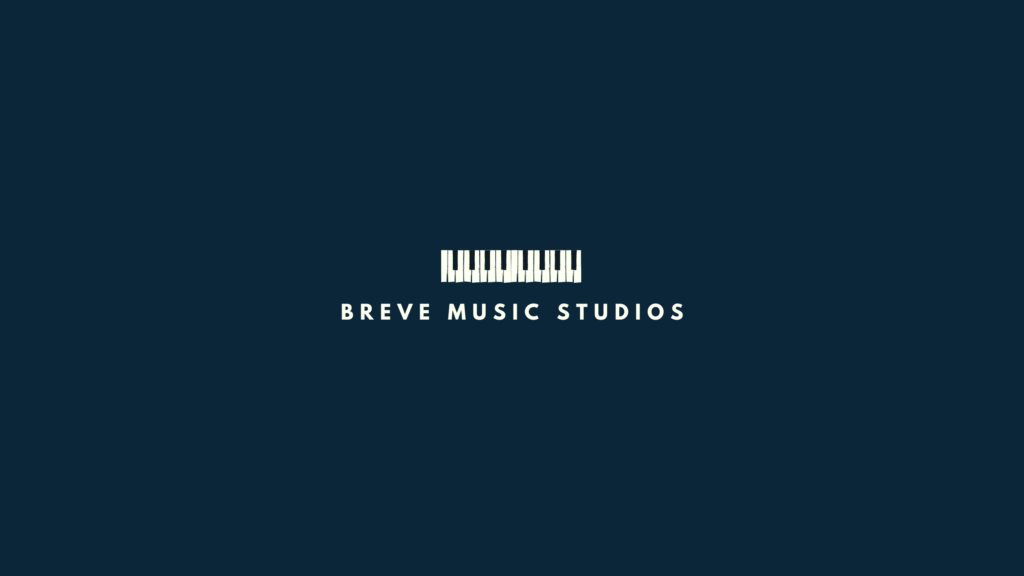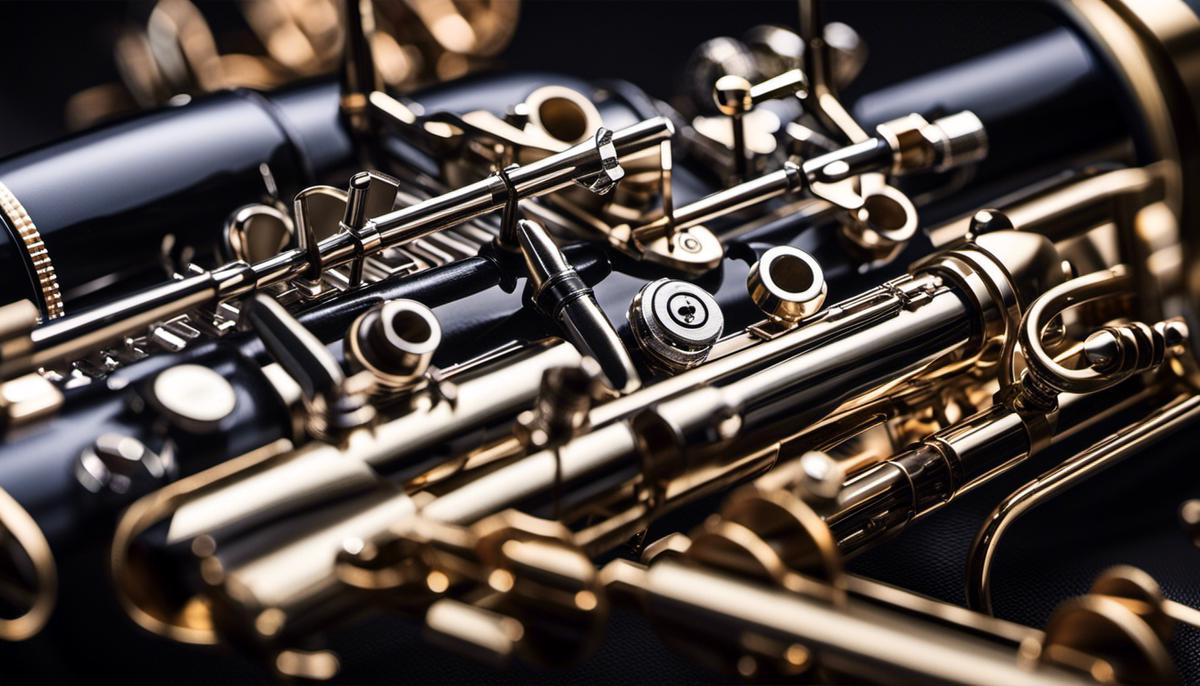Table of Contents
Introduction
Music, in its infinite variety, offers a plethora of instruments each with characteristics uniquely its own. Among these, the Clarinet and Saxophone often both captivate and confuse enthusiasts, given their considerable similarities and distinguishing differences. This discourse aims to peel back the layers, unpacking the nuances of these two classics in the woodwind family.
Whether you are a hobbyist yearning to produce mellifluous notes, or an aspiring musician planning to master your craft, this comprehensive exploration of the Clarinet and Saxophone, their key features, performance techniques, and overall adaptability in various genres, will undoubtedly serve as a guiding beacon.
Understanding the Clarinet
Understanding the Clarinet
The clarinet is a woodwind instrument rooted deep within the orchestral tradition. In comparison to the saxophone, there is a wide variety of types of clarinets including the soprano clarinet, bass clarinet, and contrabass clarinet. Each has a unique size, shape, and sound. Additionally, the clarinet is constructed with a single-reed mouthpiece, a cylindrical tube, and a flared bell.
Clarinet Key Mechanisms
The keys on a clarinet are more complex compared to those found on most saxophones. There are typically anywhere between 17 to 24 keys on a standard clarinet, each uniquely shaped and positioned. These keys, along with the clarinet’s range of functioning registers (from low E to high C), provide a relative flexibility which makes the clarinet suitable for a wide range of music genres—from solo classical pieces to jazz band ensembles.
Playing Techniques of the Clarinet
In order to play the clarinet, individuals must learn proper lip position, breath control, fingering techniques, and tonguing methods. The playability of the clarinet differs greatly from the saxophone: the clarinetist requires a more firm and rounded embouchure. Furthermore, the clarinet has a wider range of notes requiring mastery of the “break”—a large, awkward interval between two fingers—which the saxophone does not have.
Sound Production of the Clarinet
The sound of a clarinet is produced by blowing air through a reed fixed onto a mouthpiece which causes the air within the instrument to vibrate. This reed-vibration system gives the clarinet its distinctive sound, which is generally described as rich and full-bodied. The clarinet can produce sounds over a range of three octaves, compared to the saxophone’s two and a half, offering greater flexibility and variety.
Noted Clarinet Pieces
Numerous classical and modern pieces typically feature the clarinet, providing a wide range of styles to explore and practice. Well-known pieces like Mozart’s Clarinet Concerto in A Major and Gershwin’s Rhapsody in Blue are popular among artists. These pieces provide an in-depth exploration of the nuances, capabilities, and expressiveness of the clarinet. Practicing a variety of pieces can also help to familiarize one with the unique key system and the exacting control required to produce beautiful music with the clarinet.
Beginning the Journey with the Clarinet
Penetrating the realm of the clarinet involves an appreciation of its intricate mechanics and the distinct characteristics that make it stand out. Being fitted with a unique single-reed mouthpiece coupled with its cylindrical physique and the complex arrangement of keys, sharpening your clarinet skills is a task different from its close cousin, the saxophone. However, delving into its advanced techniques, exploring its broad range, and immersing yourself in its rich repertoire make the journey of mastering the clarinet incredibly gratifying.
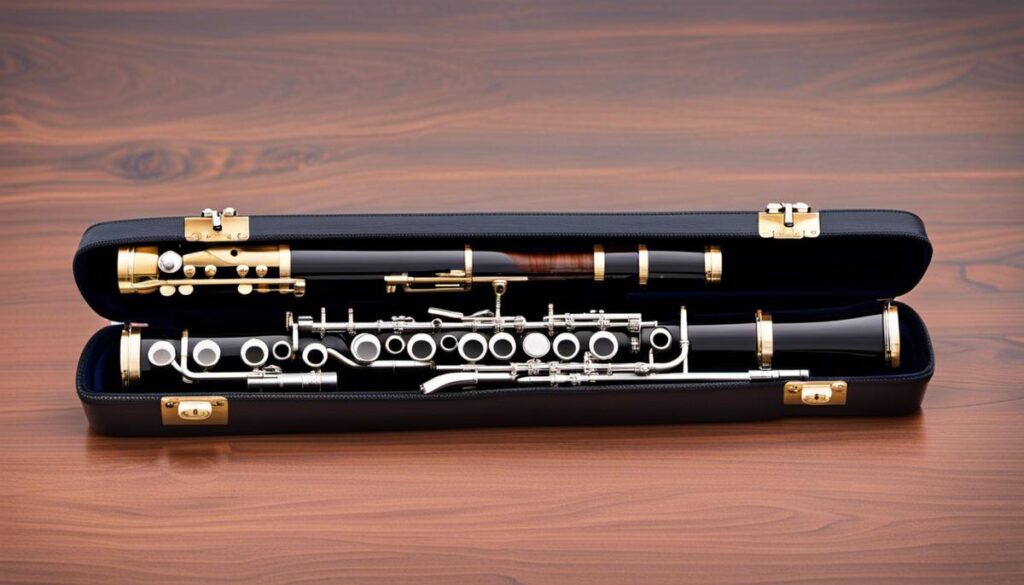
Demystifying the Saxophone
Transitioning to the Saxophone
The saxophone emerges as a distinct woodwind instrument crafted in 1846 by the Belgian instrument inventor, Antoine-Joseph “Adolphe” Sax. Holding prominence in diverse musical realms like classical music, jazz, and military band, the saxophone manifests in multiple types, each bearing its unique characteristics and tonal differences. You will commonly come across its Soprano, Alto, Tenor, and Baritone versions.
Structurally, the saxophone breaks down into three essential components; the mouthpiece, the body, and the neck. The mouthpiece, equipped with the reed and ligature, generates the sound when you blow into the instrument. The conically shaped body, adorned with keys, and the neck, connecting the mouthpiece to the body, contribute to the idiosyncratic sound the saxophone produces.
Your saxophone’s sound production largely boils down to the functioning of its reed mechanism. The mouthpiece houses a solo reed held in place by a metal ligature. Blowing air between the reed and the mouthpiece triggers vibrations in the reed, producing the sound. The pitch gets manipulated through the opening and closing of keys on the instrument’s body.
On mastering the saxophone, you embrace the control of breath, a refined finger technique, and a proper embouchure – the confluence of your lips, jaw, and facial muscles playing in harmony to tame the instrument. Various combinations of pressing the instrument’s keys give rise to diverse pitches and tones. It’s critical to ingrain proper technique to smoothly transition across rapid melodic passages and dynamic shifts.
The saxophone can birth a wide spectrum of sounds, from the most dulcet and smooth timbres to the sharpest and penetrating tones, offering you vast expressive possibilities. This versatility in its sonic landscape is perhaps why the saxophone finds a complementary space in varied genres like jazz, blues, pop, and even classical creations.
As a novice embarking on the saxophone journey, popular pieces like “Take Five” by Paul Desmond, “Body and Soul” by Johnny Green, and “Yardbird Suite” by Charlie Parker are a good starting point. The exploration and practice of these quintessential pieces are sure to impart an understanding of varied techniques and stylistic nuances in saxophonist traditions.
Clarinet vs Saxophone: A Comparative Analysis
The clarinet and saxophone are both single-reed woodwind instruments, but they differ significantly in structure and sound. While the clarinet has a cylindrical body, the saxophone has a conical shape which contributes to its distinct sound. The clarinet offers a sweet, pure sound, contrasting with the rich, complex timbre of a saxophone.
Besides sound, these instruments also differ in their fingering systems. The system for the clarinet is more intricate, overblowing at the twelfth, while the saxophone, which overblows at the octave, maintains more simple fingering.
Both instruments can provide rich musical experiences with varieties in expression. Therefore, knowing the differences mentioned can assist devotees or enthusiasts in making a well-informed decision that resonates with their musical inclinations.
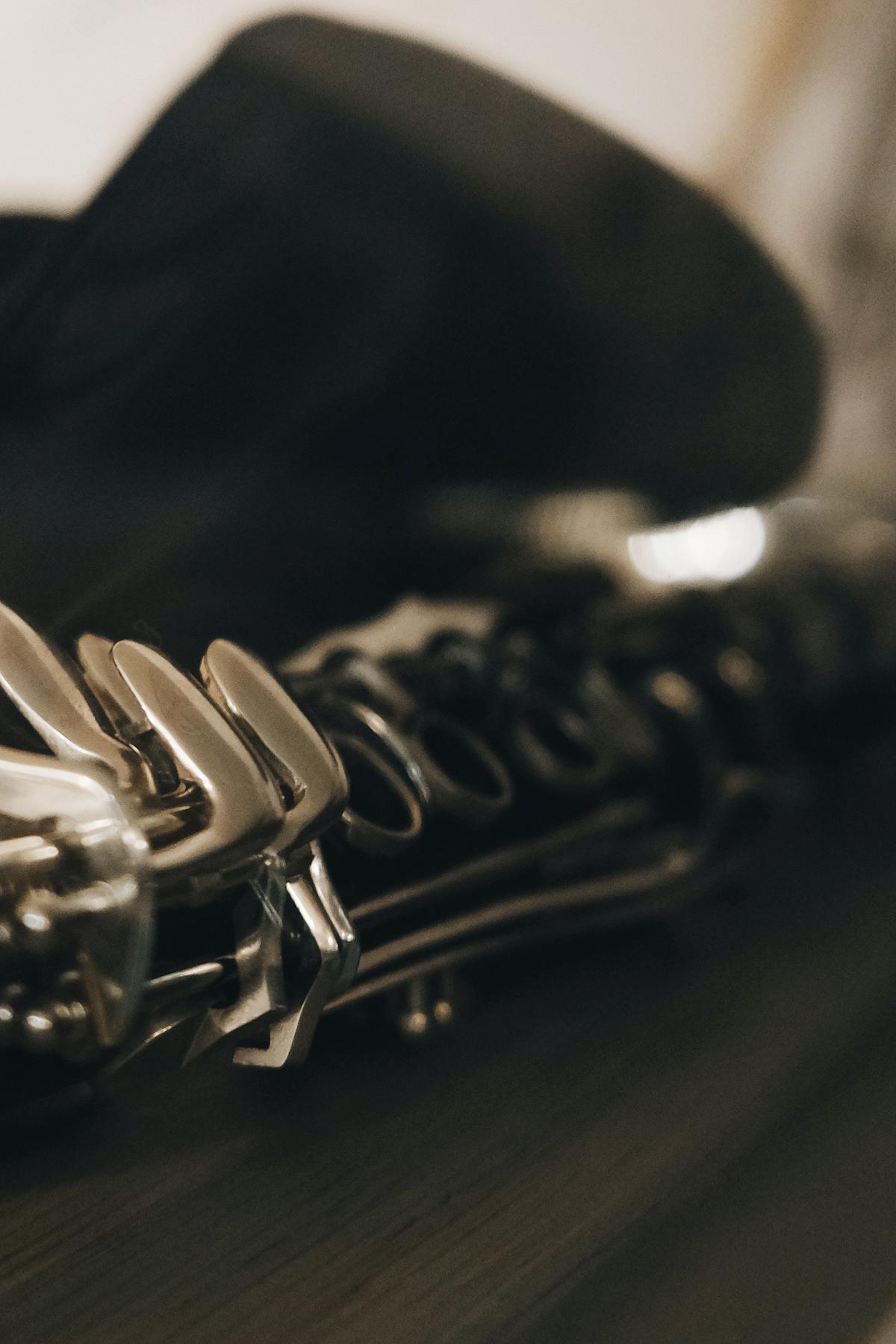
Photo by cherenkevich on Unsplash
Comparing the Techniques
Mastering Clarinet Techniques
Embarking on the musical voyage with an instrument like a clarinet requires an understanding and mastery of various techniques. Foundationally, a correct embouchure is crucial, which is more challenging on the clarinet than the saxophone. The lower lip must cover the bottom teeth and the mouth corners need to be drawn towards the reed. Furthermore, the top teeth rest directly on the mouthpiece, and the tongue’s positioning, likened to forming the ‘ee’ sound, sits quite high.
Next, the art of breath support is vital in playing the clarinet. Despite both instruments being wind-based, the clarinet uses comparatively less air than the saxophone. Deep, relaxed diaphragm-controlled breathing ensures each note is expressed powerfully and accurately.
‘Tonguing’ in clarinet playing refers to the interruption of airflow or the initiation of notes using the tongue. This is achieved by gently pressing the tongue to the reed, similar to the linguistic position during the articulation of the word “the”.
Last but not least, the Clarinet’s complex fingering system sets it apart from the Saxophone. This complexity arises from its characteristic behavior of overblowing at the twelfth instead of the octave, as in the saxophone.
The Techniques of Playing the Saxophone
In Saxophone playing, embouchure formation is somewhat more straightforward than with the Clarinet. The mouthpiece is more substantial, requiring the player to roll their bottom lip over the teeth and rest the top teeth on the mouthpiece. It is essentially an ‘oh’ shape in contrast to the Clarinet’s ‘ee’ embouchure.
Breath support in Saxophone demands larger lung engagement due to the more extensive range and larger body of the instrument. Diaphragmatic breathing is vital for rich and well-rounded notes. It also contributes to tone development and effective vibrato control.
Tonguing is like the Clarinet; it involves stopping the airflow or starting a note using the tongue. However, Saxophonists need to change the tongue’s position depending on the note they’re playing – high, medium, or low.
Saxophone fingering is relatively simple thanks to its intuitive key layout. The overblowing at the octave point simplifies the fingering chart compared to the Clarinet’s 12th overblowing, which requires extra keys for altering pitch.
The Journey from One Instrument to Another
Embarking on the musical journey from playing the Clarinet to the Saxophone, or the other way around, can unveil an entirely new spectrum of sonic possibilities. Musicians who transition from the Clarinet to the Saxophone often find the experience to be smoother, courtesy of the Sax’s comparatively relaxed embouchure requirements and its simple fingering system. On the other hand, those who start with the Saxophone may initially find the Clarinet’s embouchure and fingering techniques a bit on the tougher side.
However, it’s crucial to bear in mind that, despite their similarities, these two instruments possess their own unique identity and characteristics. When switching from one to the other, respecting and understanding each instrument’s distinct acoustic properties is paramount. The pace of learning shouldn’t be rushed, ample time should be devoted to master and adapt to the new techniques.
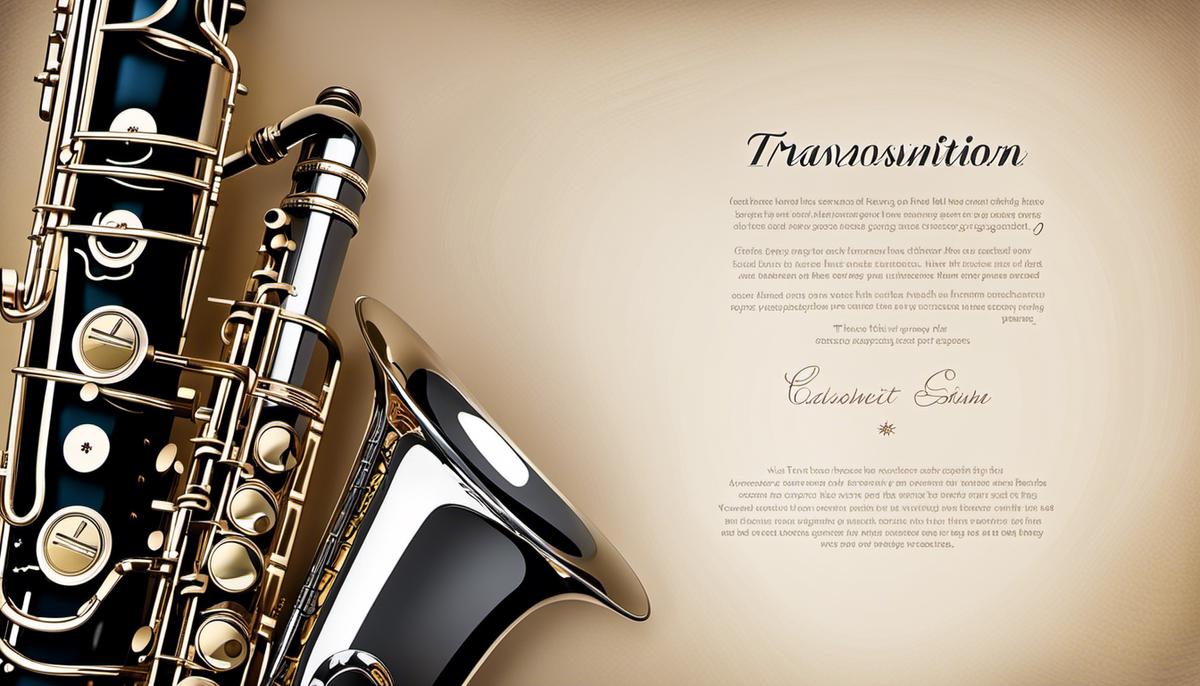
Sound and Repertoire Comparisons
The Unique Sonic Presence of the Clarinet and Saxophone
The Clarinet and Saxophone are distinguished from each other by their unique sound and tonal qualities. Known for its depth and warmth, the sound of a clarinet is quite rich and full-bodied. Its tonal range spans from the dour, deep registers to the brighter, piercing upper notes. The cylindrical shape of the Clarinet contributes significantly to its clear and focused tone.
In a differing vein, the Saxophone, due to its conical shape, churns out a sound that’s alive, vibrant, and has an innate soulfulness to it. Its tone is often stronger, with a heightened sense of resonance when compared to the Clarinet. From a robust, commanding impression in the lower registers to an energetic, sharp sound at the upper end, the Saxophone’s versatile sonic range makes it a favorite choice for genres like jazz and pop.
Repertoire Comparisons between Clarinet and Saxophone
The repertoire for both saxophone and clarinet varies greatly due to the different styles and genres of music for which they are used. The clarinet is a flexible instrument that is often found in orchestras, wind ensembles, jazz bands, klezmer, and even some rock music. Its repertoire spans classical, jazz, and contemporary genres. Prominent composers like Mozart, Brahms, and Copland have notable pieces for the clarinet.
The saxophone, on the other hand, did not have as early a start in classical music because it was developed later than the clarinet. However, it shines in genres such as jazz, big band, blues, and pop music. Its powerful, resonant tone fits well into the dynamic and extroverted nature of these styles. Saxophones are often associated with famous jazz musicians like John Coltrane, Charlie Parker, and Sonny Rollins.
Exploring the Unique Sonic Characteristics and Versatility of Clarinets and Saxophones
There is a distinct sonic signature that each musical instrument adds to different music genres. Historically, clarinets have been the instrument of choice for classical and orchestral compositions due to their vast range and ability to elegantly blend with other instruments, thanks to their luscious, rich tones.
In contrast, the saxophone comes to life in more contemporary music styles such as jazz, pop and rock. The instrument’s distinctive vibrant, soulful resonance allows it to shine in solos or lead roles. Designed to be loud, saxophones fit effortlessly into high-energy performances.
That said, the lines of musical genres are not set in stone. The flexibility of the clarinet and saxophone puts them in various musical settings outside their traditional arenas – from a jazz clarinet to a classical saxophone. It all boils down to the musician’s skill and artistic audacity.
Choosing the Right Instrument (Clarinet vs Saxophone)
Learning Curve
For beginners, the saxophone is often considered a more approachable instrument. It’s praised for its straightforward fingering system and a more tolerant mouthpiece and reed arrangement, allowing for an easier start in producing pleasing sounds. In contrast, the clarinet’s more intricate fingering and the precision required in tongue and mouth positioning present a steeper learning curve.
However, no instrument is free from challenges at the advanced levels. Musicians soon discover that the saxophone can be a tougher nut to crack with its broad pitch range and array of techniques. Unlike the clarinet, saxophones demand control over a larger variety of sounds. Clarinets, on the other hand, present unique hurdles, such as the notorious ‘break’ – a difficult-to-master abrupt pitch change that newbies often struggle with.
Versatility
It’s worth noting that both clarinets and saxophones are versatile musical instruments used in a variety of musical genres. However, their usage differs significantly. The saxophone is popular in jazz, blues, pop, and rock music due to its expressive, versatile tone. It also possesses a rich solo repertoire in classical music but is less common in orchestral settings.
On the other hand, the clarinet’s smooth, sophisticated sound makes it a common choice in classical music, concert bands, and orchestras. Clarinetists often have a bigger role in these ensembles than saxophonists. However, it can also be found in jazz, folk, and a few other genres, albeit less frequently than the saxophone.
Costs
In terms of initial investment, the clarinet is generally cheaper than the saxophone. Beginner’s clarinets tend to vary from around $100 to $500, while beginner’s saxophones can range from $200 upwards to $1000. However, professional models of both instruments can go into the thousands. Maintenance costs for both are relatively similar, including accessories, reeds, and regular servicing.
Accessibility of Resources
Both instruments have plentiful resources available for learning and practice, including private tutors, online lessons, instructional books, and sheet music. In general, there may be slightly more resources available for the saxophone due to its popularity, particularly in contemporary music. However, the clarinet also has extensive learning material, especially relating to classical music and technique.
Determining Based on Personal Preference
Ultimately, the choice between the clarinet and the saxophone comes down to personal musical preference. Those who are attracted to jazz, pop, or rock music might prefer the expressive voice of the saxophone. Those who are interested in classical, orchestral music, or prefer a more mellow, lush sound might enjoy the clarinet. Listening to music featuring both instruments, trying each one out, and speaking to professionals can help in making an informed decision. Regardless of the choice made, both instruments provide a fulfilling and enjoyable musical journey.
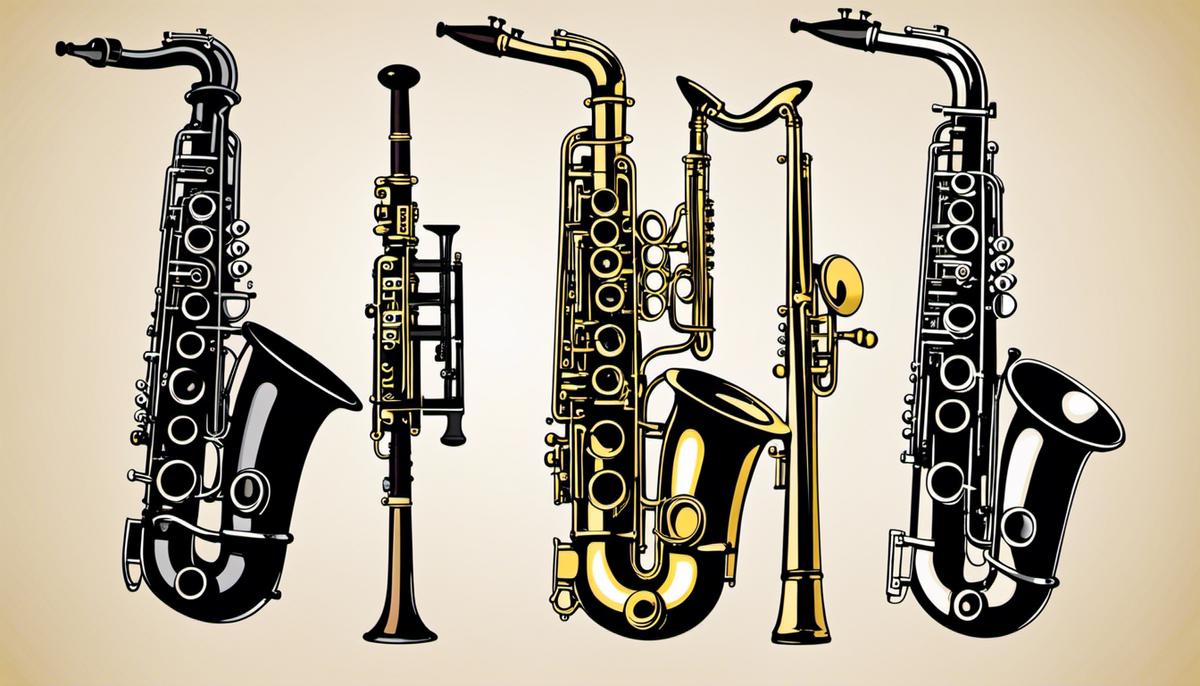
Conclusion
Music is more than just a hobby or profession; it’s a personal journey marked by passion, practice, and precision. Choosing an instrument to embark on this journey is a significant decision. It is profoundly influenced by various factors- from your genre preferences to the instrumental characteristics, from the ease of learning to the cost implications.
Whether you resonate more with the resonant, fluid melodies of a Clarinet, or you lean towards the versatile, expressive notes of a Saxophone, remember that each instrument has its charm and challenges. Ultimately, the choice boils down to which instrument you can see yourself building a harmonious relationship with. By forging a bond with your instrument of choice, you open up a world of musical possibilities that can fill your life with melody and joy.
Additional Reading
Take some time to check out our other articles:
- Comparing Sibelius, Finale, & Dorico
- 5 Best Computer Monitors For Music Production
- 4 Best Music Theory Books
- Harnessing AI in Music Production
Breve Music Studios publishes music to Spotify, YouTube Music, Amazon Music and more. Follow our pages on Facebook, Instagram, Twitter, TikTok, and YouTube.
Listen to our ensembles: Breve Orchestra, Breve Music Ensemble, Breve Low Brass Ensemble, Breve Woodwind Ensemble, and Jermaine Harris on Spotify.
